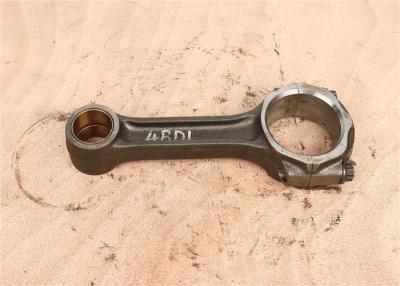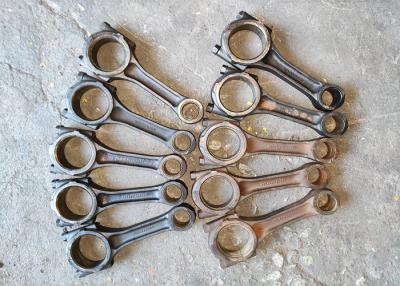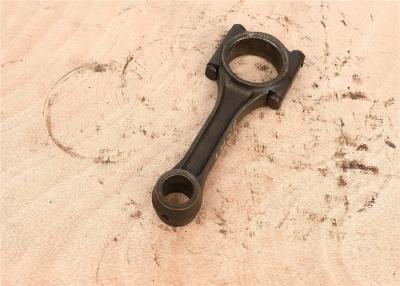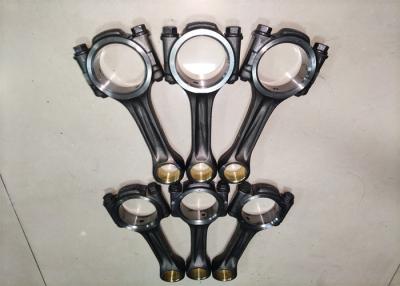




| Price | Negotiated |
| MOQ | Negotiable |
| Delivery Time | 5 - 8 work days |
| Brand | ISUZU |
| Place of Origin | Japan |
| Model Number | 6BD1 |
| Packaging Details | Neutral Package or Fumigation Free |
| Payment Terms | D/P, T/T |
| Supply Ability | 50 pieces |
| Condition | Used | Engine model | 4BD1 6BD1 |
| Place of Origin | Japan | Packaging Details | Neutral Package or Fumigation Free |
| Color | Same as pictures | Excavator model | SH280 |
| Material | Iron | Model Number | 6BD1 |
| Rod code | 3029 | Supply Ability | 50 pieces |
| Brand Name | ISUZU | Payment Terms | D/P, T/T |
| Price | Negotiated | Delivery Time | 5 - 8 work days |
| Product name | Used Connecting Rod | Part number | 5-12230036-1 |
4BD1 6BD1 2nd Diesel Engine Connecting Rod Excavator EX200 - 1 5 - 12230036 - 1
Specification
| Engine number: 4BD1 6BD1 |
| Application: Excavator |
| Injection: Direct |
| Engine type: Diesel |
| Number of cylinders: 4 or 6 |
| Quality: High quality |
| Size: Standard |
| Packing Neutral: Packing |
Description
Connecting rods – the types you can choose from
What
material
are
connecting
rods
manufactured
out
of?
Connecting
rods
are
produced
from
different
materials.
Because
they
have
to
be
very
lightweight
and
very
strong
on
the
one
hand,
sintered
metals
and
high-quality
aluminium
are
particularly
well-suited.
Although
aluminium
connecting
rods
are
very
lightweight
and
stable,
they
have
a
shorter
service
life
than
steel
connecting
rods.
In
rare
cases,
connecting
rods
are
also
made
of
titanium.
Depending
on
the
material,
connecting
rods
are
either
forged,
cast,
or
milled
out
of
solid
metal.
The connecting rods are some of the most important components in your engine and the most crucial elements in engine tuning. Since they are exposed to extreme forces, they have to be able to sustain a lot when you boost your car’s performance. In order for them to withstand the respective load, manufacturers vying against each other to attain better design and select better materials. That’s why there are very different types of connecting rods on the market. Each design has its advantages and disadvantages and is designed for a different application. There are also a few myths surrounding connecting rods. You will find out what types of connecting rods there are and what they are good for here.
What
are
connecting
rods
and
what
are
they
there
for?
Connecting
rods
are
important
and
highly
stressed
components
in
your
engine.
They
are
located
between
the
pistons
and
the
crankshaft
and
convert
the
linear
movement
(up
and
down)
of
the
pistons
into
the
rotating
motion
of
the
crankshaft.
In
this
process,
high
forces
act
on
the
connecting
rods:
from
extreme
heat
to
pressure
and
tensile
and
lateral
forces.
They
are
also
exposed
to
bending
and
buckling.
Standard
connecting
rods
are
not
suitable
for
use
in
tuned
cars
and
can
quickly
tear
off
under
the
strain.
To
ensure
that
this
does
not
happen,
high-performance
connecting
rods
made
of
stronger
materials
and
with
a
different
cross
section
than
series
models
have
been
designed.
This
means
you
are
on
the
safe
side
with
your
power-boosted
engine
and
don’t
have
to
worry
about
major
engine
damage.





